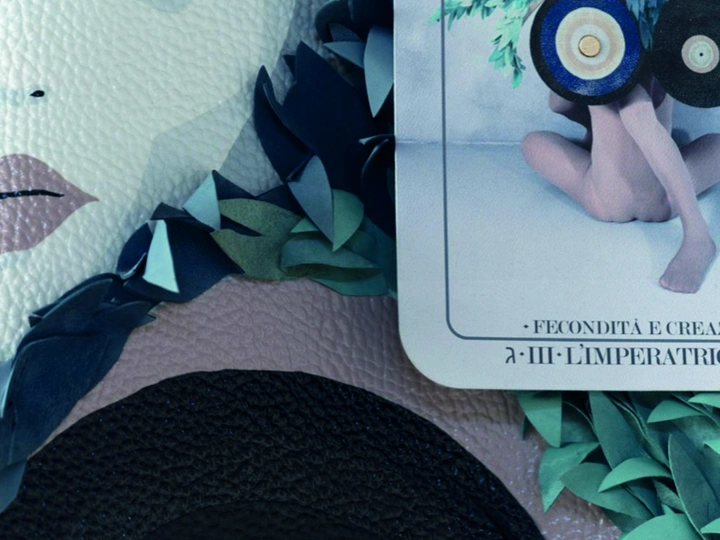House of Arcana: inside the deck of cards

We are two ordinary women, photography is our expression. We work with and on the body, especially ours. We like to explore unusual but also simple aspects, creating relationships that investigates themes close to us and that strike us at various moments in our lives. We are also two architects. We love the contamination between the various elements of art: painting, sculpture, photography, fashion and design. Theatrical contamination with the architectural space is one of the aspects that characterize our work. In the body's dimension is its color the protagonist, in the nuances of the details or in the attitudes that attempt to challenge our perception of the self. It's the color that narrates the skin, an impassable boundary beyond which no one can venture, marking our vital territory. We are particularly interested in exploring the relationship between the body and its photograph within space. We're intrigued by the relationship between our bodies, two female bodies, and we believe that photography can offer a different image of us. It's as if we wear a mask, revealing the impact of images on our idea of the body. Medullastudiomedulla's photos have been published in magazines such as: Dezeen, Domus, Interni, Mark Magazine, L'arca, Area, Platform. IQD Magazine, Archdaily, the catalog of the Dedalo Minosse exhibition, the catalog of the Venice Architecture Biennale, the catalog of the Biennale dello stretto, and the catalog of Premio architettura toscana. Medullastudiomedulla has been selected for national and international workshops, including (re)mapping Galway with the video Umbrella, and has presented its work in international galleries such as Espaceparallele in Paris.
House of Arcana is an inhabitable structure built with large-scale reproductions of tarot cards from the our Libro Muto project, a contemporary series of 22 Major Arcana created in painted leather and photographed through performative self-portraits. Each card becomes a wall, a threshold, a symbolic gate. Together, they form an unstable yet architectural “house of cards”: a walkable space of transformation, where fragility becomes a tool for reimagining how we inhabit symbols, space, and self.
Visitors enter not a static installation, but a living tarot. The body moves among archetypes—The Fool, The Moon, Death, The Star—each offering a chance to reflect, remember, and realign. The structure evokes both play and ritual: it is temporary, precarious, and mutable. The cards do not just stand—they look back.
This project intersects architecture, esotericism, material research, and performative practices. It invites visitors to step inside a metaphor, to wander through a deck that reads them. In doing so, it questions how space can become an active oracle, and how the sacred can emerge from the tactile.